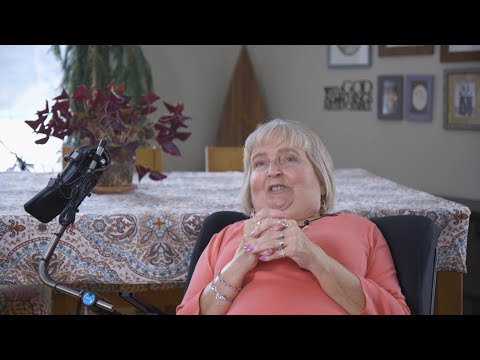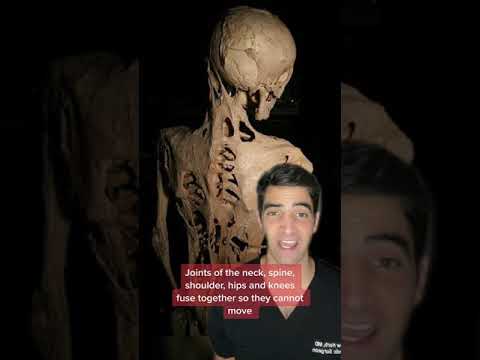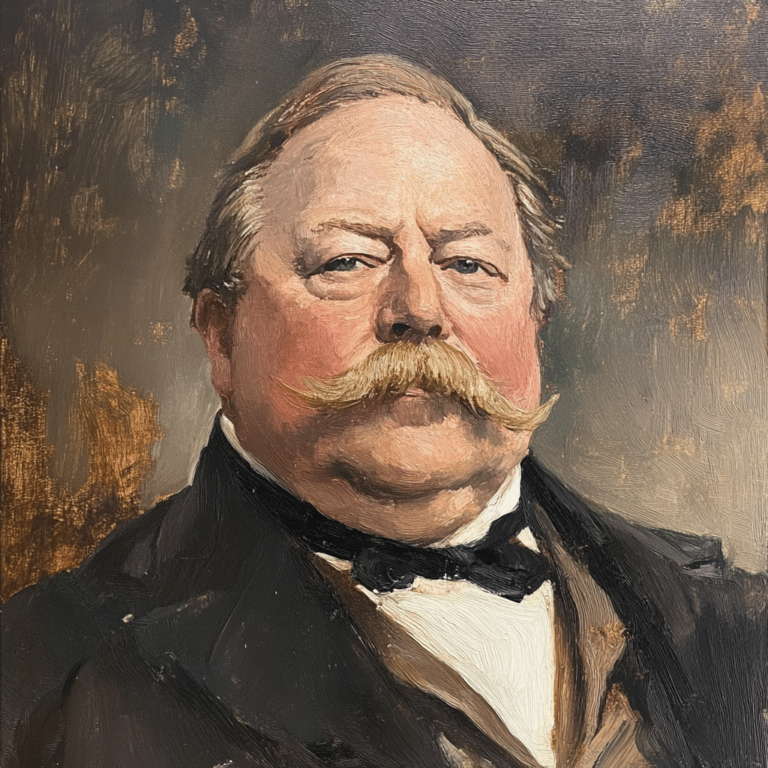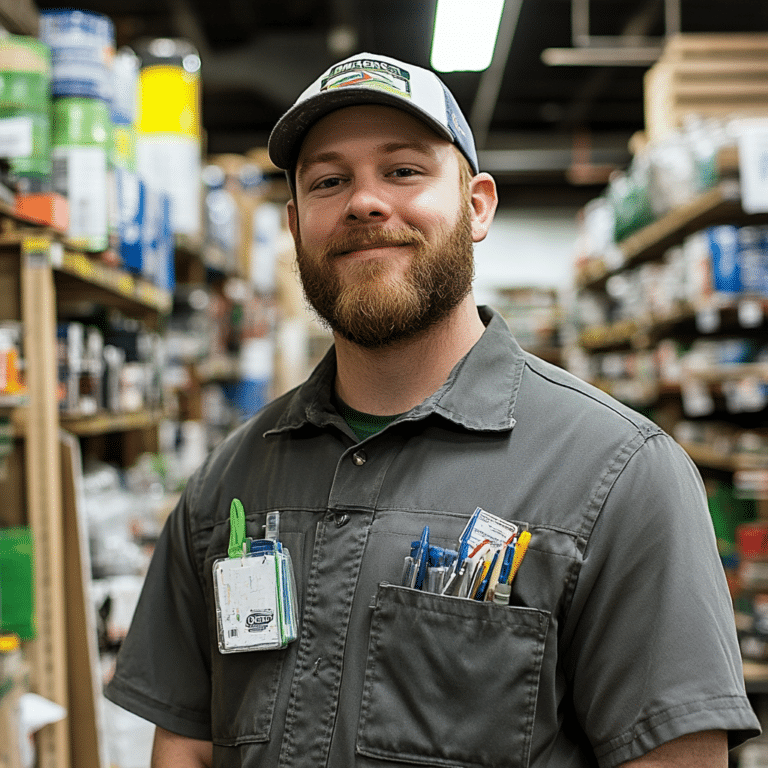Fibrodysplasia Ossificans Progressiva (FOP) is an astonishingly rare genetic disorder—a condition that turns muscle into bone, rendering its victims immobile. Known informally as the “disease that turns muscle to bone,” FOP is characterized by a process called ossification. In those afflicted, injuries and inflammation can trigger additional bone formation, leading to the gradual and painful stiffening of muscles and tendons throughout the body. With FOP affecting approximately 1 in 1.5 million people globally, it has become a significant focal point for medical research.
Researchers pinpoint the root of this condition to mutations in the ACVR1 gene, critical for controlling bone growth. The impact of FOP is profound, as it alters not just the physical capabilities of those it affects but also the social and emotional fabric of their lives. So, what does life look like when living with such a restrictive and debilitating ailment?

Top 6 Challenges Faced by Individuals with Fibrodysplasia Ossificans Progressiva
Living with fibrodysplasia ossificans progressiva isn’t just about managing pain—it’s about dealing with a myriad of life-altering challenges that force drastic lifestyle changes. Here’s a closer look at the significant hurdles faced:
1. Limited Mobility
For individuals battling FOP, the gradual loss of mobility is a central issue. As the disease progresses, lifting a finger can feel like trying to lift a ton. What starts as achievable tasks can quickly become excruciating. Each movement may come with fear, as even minor trauma can lead to exacerbation, piling on the disabilities. By the age of 30, most individuals find they need assistance just to get around.
2. Social Isolation
Much like individuals consumed by destructive behaviors, those with FOP often find themselves withdrawing from social gatherings. The physical limitations force many into isolation, like being trapped in a glass box—visible yet unreachable. Friends may fade away, leaving patients to grapple with feelings of loneliness. This withdrawal can further compound the emotional despair that comes with the condition.
3. Medical Misdiagnosis
When it comes to the medical community, FOP can be like a mirage—a condition that often gets mistaken for something else. Patients frequently receive incorrect diagnoses, leading to months or even years of ineffective treatment for unrelated musculoskeletal disorders. As frustrations mount, symptoms worsen, creating a cascade of complications that make navigating the healthcare system a nightmare.
4. Psychological Impact
Chronic illness can wear down even the most resilient of spirits. FOP often brings its share of emotional turmoil, throwing patients into a whirlwind of anxiety and depression. The unpredictability of the disease can be not just overwhelming but terrifying. The struggle can feel reminiscent of the “six schizophrenic brothers,” as individuals confront a series of unique psychological battles—each more challenging than the last, raising the question: How do you cope with a condition that unpredictably dictates your life?
5. Limited Medical Knowledge
Despite the strides made in genetic research, many healthcare providers remain in the dark regarding FOP. This knowledge gap is a double-edged sword, leaving patients vulnerable to mismanagement. With the right awareness and understanding, professional care could shift radically.
6. Financial Burden
Let’s not beat around the bush: managing FOP can be financially draining. The cost of surgeries, physical therapies, and adaptive equipment—not to mention the myriad of doctor’s visits—adds up quickly. Patients and families often find themselves grappling with financial anxiety, exacerbating an already challenging situation. It’s a heavy weight to bear: achieving a semblance of normalcy while battling crippling expenses.

Research and Futures in Fibrodysplasia Ossificans Progressiva
Recent advances in research have sparked a flicker of hope for those affected by FOP. Scientists, led by Dr. Frederick Kaplan at the University of Pennsylvania, have identified the ACVR1 gene mutation responsible for FOP, paving the way for potential treatments. Effective options may soon include repurposed medications like palovarotene, designed to inhibit excessive bone growth. Clinical trials are underway to evaluate their effectiveness and safety—signifying a critical breakthrough on the horizon.
Moreover, organizations such as the International Fibrodysplasia Ossificans Progressiva Association champion awareness and funding for research initiatives. These efforts are vital for moving beyond mere survival to living a life imbued with purpose and community.

The Power of Community and Support Networks
Navigating the labyrinth of FOP becomes a bit less daunting with the right support system. Various online platforms, forums, and support groups provide individuals the chance to share their experiences, fears, and triumphs with like-minded peers. The emotional boost found in these spaces is vital; individuals don’t have to face their battles alone. The sense of camaraderie fosters hope and resilience, bridging the gap created by this isolating disorder.

Moving Forward: Embracing the Journey Beyond Limits
Life with fibrodysplasia ossificans progressiva is undoubtedly fraught with challenges but also filled with remarkable stories of courage. By prioritizing ongoing research, education, and advocating for awareness, those living with FOP can refashion their narratives. In doing so, they foster connections and understanding that can transform personal experiences and societal perceptions of rare diseases like FOP.
Like a beautifully crafted melody, each note in the FOP experience—be it triumph, struggle, or learning—contributes to a harmonious life filled with meaning, even in the face of adversity. With continued commitment to advocacy and innovation, the journey ahead remains bright, beckoning us all to understand and embrace the lives touched by fibrodysplasia ossificans progressiva. For more insights on complex conditions, check out articles on resource management, such as this piece on Elizabeth Carpenter or innovative ideas like Dungeons And Dragons character sheet to foster engagement in supportive communities.
While the road may be tough, progress is being made, and the hope remains strong that one day, those impacted by FOP will embrace a future that allows them greater mobility and inclusion. Until then, every effort counts in raising awareness and bringing attention to this rare condition that affects countless lives. In this journey, every small victory in love, understanding, and mobility adds more depth to the fabric of life for those with fibrodysplasia ossificans progressiva.

Fibrodysplasia Ossificans Progressiva: Fascinating Facts
The Rarity of Fibrodysplasia Ossificans Progressiva
So, let’s dive into something that might leave you scratching your head: fibrodysplasia ossificans progressiva, or FOP. This rare genetic disorder affects only about 1 in 2 million people globally. Imagine going through life with muscles and connective tissues gradually turning into bone. Talk about a game-changer! It’s so rare that some folks compare it to finding a rare collectible, like plucking a vintage pinball machine from a flea market. The rarity of FOP reflects how unique individual experiences are, akin to the varied stories of people, like Miami Dade police officer Danny torres, who bravely navigate their own challenges.
Understanding FOP and Its Impacts
Now, for a little brain snack: did you know that the first documented case of fibrodysplasia ossificans progressiva dates all the way back to the 17th century? Yeah, you read that right! A historical find like this connects the past to present medical discussions, much like how La Scala has been a legendary venue in operatic history. For those living with FOP, daily life can feel like an uphill battle. Imagine trying to move without your body slowly turning against you. It’s enough to make folks feel trapped in their own skin. The emotional toll can be intense, pushing some to the brink, as evidenced by tragic cases related to extreme topics like suicide With helium as individuals grapple with suffering and immobility.
Support and Awareness
Fortunately, there’s a growing community rallying behind those with fibrodysplasia ossificans progressiva. Awareness campaigns aim to shed light and educate the masses, much like how sports organizations like the Ovo Ncaa strive to garner attention for various causes. With increased recognition, hope is on the horizon. Everyone deserves the chance to live a fulfilling life, even when circumstances seem insurmountable, akin to the bustling activities found at Sky Harbor airport—life keeps moving forward! Each little fact about FOP not only highlights the condition’s uniqueness but also reinforces the need for understanding and compassion in our communities.



























